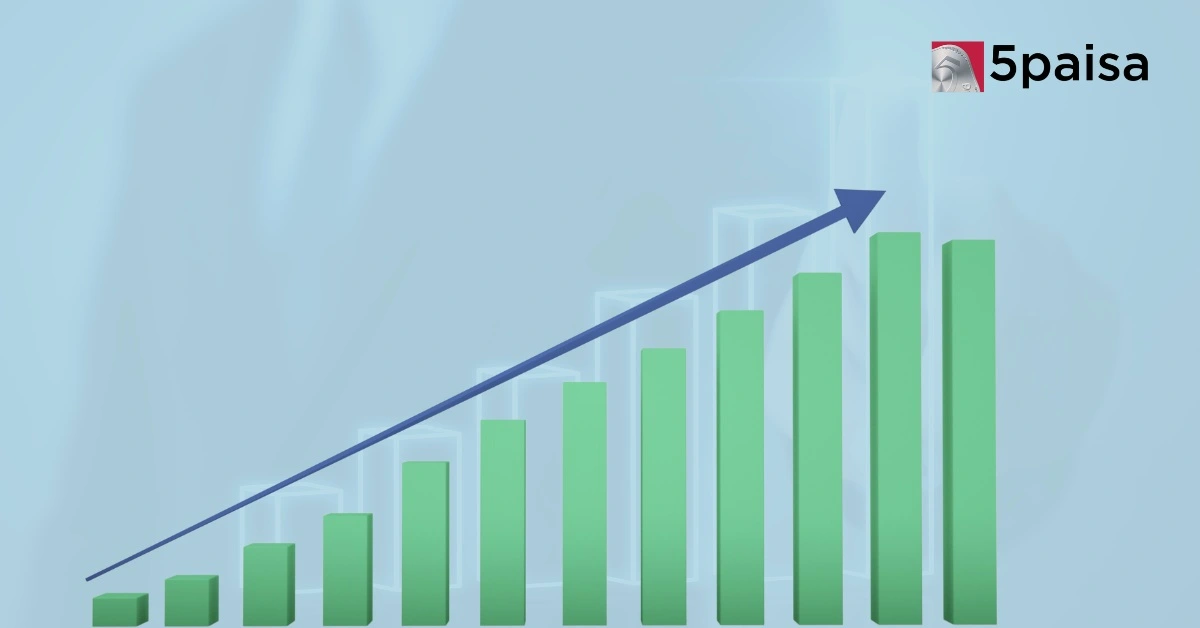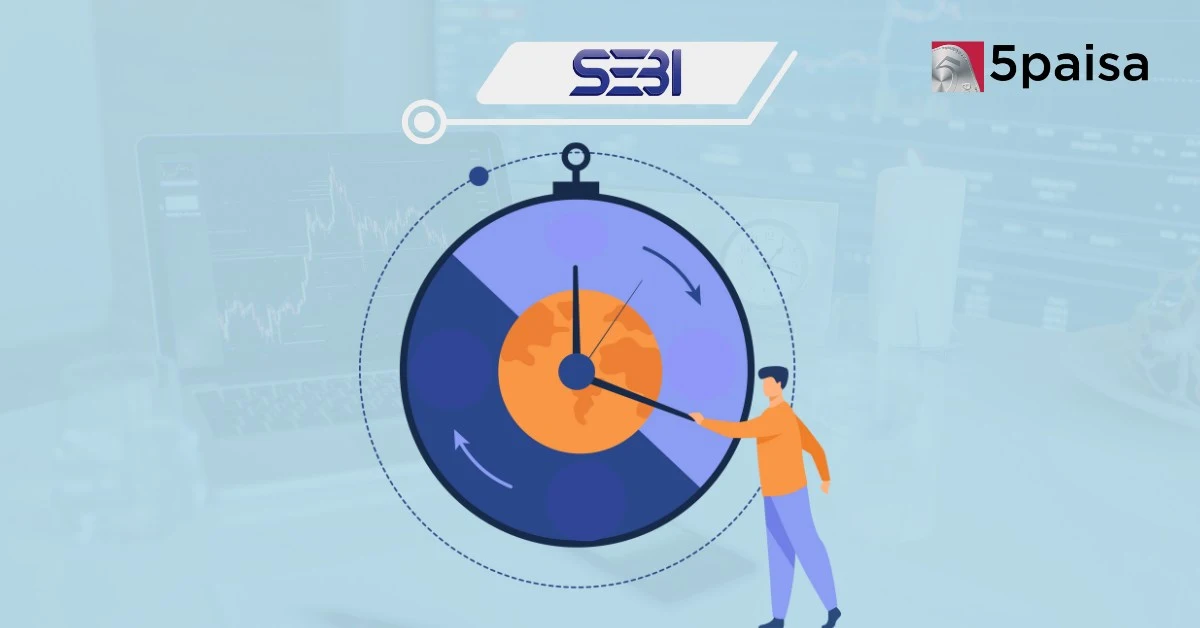iThe current values are delayed, open demat account for live values.
Nifty Infrastructure
Nifty Infrastructure Performance
-
Open
8,729.70
-
High
8,752.60
-
Low
8,628.40
-
Prev Close
8,686.00
-
Dividend Yeild
1.03%
-
P/E
24.3
Nifty Infrastructure Chart

Nifty Infrastructure Sector Performance
Top Performing
| Sector Name | Percentage Change |
|---|---|
| IT - Hardware | 0.79 |
| Leather | 0.24 |
| Dry cells | 3.29 |
| IT - Software | 1.5 |
Under Performing
| Sector Name | Percentage Change |
|---|---|
| Diamond, Gems and Jewellery | -0.45 |
| Ceramic Products | -0.78 |
| Healthcare | -0.2 |
| Banks | -0.35 |
Color code for Stocks Performance
- 5% and above
- 5% to 2%
- 2% to 0.5%
- 0.5% to -0.5%
- -0.5% to -2%
- -2% to -5%
- -5% and below
Constituent Companies
| Company | Market Cap | Market Price | Volume | Sector |
|---|---|---|---|---|
| Ashok Leyland Ltd | ₹67731 Cr |
₹230.68
(2.15%)
|
8644926 | Automobile |
| Bharat Forge Ltd | ₹54285 Cr |
₹1135.5
(0.77%)
|
1396445 | Castings, Forgings & Fastners |
| CG Power & Industrial Solutions Ltd | ₹100882 Cr |
₹660.15
(0.2%)
|
3947062 | Capital Goods - Electrical Equipment |
| Ambuja Cements Ltd | ₹141420 Cr |
₹574.35
(0.31%)
|
2830351 | Cement |
| Grasim Industries Ltd | ₹182712 Cr |
₹2685.6
(0.36%)
|
630547 | Textiles |
Nifty Infrastructure
The Nifty Infrastructure Index is a thematic index launched on August 7, 2007, by NSE Indices Limited. It tracks the performance of 30 companies from key infrastructure sectors such as Power, Telecom, Oil & Gas, Construction, and Utilities, reflecting their contribution to India's economic growth.
The index is based on the free-float market capitalization method, ensuring only publicly traded shares are included, and stock weights are capped at 20% to maintain balance.
Rebalanced semi-annually, the index offers investors exposure to diverse infrastructure companies through ETFs, index funds, and structured products. It is widely used as a benchmark for infrastructure-related investments, providing long-term growth potential with a focus on essential industries.
What is the Nifty Infrastructure Index?
The NIFTY Infrastructure Index tracks the performance of 30 stocks from industries such as Power, Telecom, Roads, Railways, Shipping, and Utilities. Covering sectors like Cement, Electric Utilities, Logistics, Oil & Gas, and Telecom, the index reflects the Indian infrastructure sector. It was launched with a base value of 1000.
The index is reconstituted semi-annually, with individual stocks capped at 20%. Managed by NSE Indices Limited, it is governed by a three-tier structure for oversight and maintenance. A Total Returns variant is available for benchmarking portfolios and launching ETFs or structured products.
How is the Nifty Infrastructure Index Value Calculated?
The NIFTY Infrastructure Index value is calculated using the formula:
Index Value = Current Index Market Capitalization / (Base Free Float Market Capitalization * Base Index Value)
Here, the Current Index Market Capitalization is derived from multiplying outstanding shares by the stock price, Investible Weight Factor (IWF), and a capping factor. The IWF is set to 1, as the index follows the market capitalization method.
The index is rebalanced semi-annually, based on six months of data, with cutoff dates on January 31 and July 31. Any changes to the index composition are implemented from the last trading day of March and September. This ensures the index remains relevant and accurately reflects the infrastructure sector.
Nifty Infrastructure Scrip Selection Criteria
The NIFTY Infrastructure Index calculates its share price by weighting its 30 constituent stocks based on free-float market capitalization, periodically capped relative to a base market capitalization. The index covers 11 sectors, including Oil, Gas & Consumable Fuels, Construction, Telecom, Power, and Healthcare.
To be eligible for inclusion, stocks must be listed on the NSE and part of the NIFTY 500. If eligible stocks drop below 10, additional stocks may be selected from the top 800 companies based on average daily turnover and market capitalization. Stocks must also belong to the infrastructure sector, be tradable in the F&O segment, and have a trading frequency of at least 90% in the past six months. Companies must be listed for at least six months, or three months for IPOs that meet the criteria.
Additionally, individual stock weightage is capped at 20%, and new stocks must have a free-float market capitalization at least 1.5 times that of the smallest constituent.
How does Nifty Infrastructure work?
The Nifty Infrastructure Index tracks the performance of 30 companies from key infrastructure sectors like Power, Telecom, Oil & Gas, and Construction. The index is calculated based on the free-float market capitalization method, which considers only the shares available for public trading, excluding those held by insiders. Each stock's weight is capped at 20% to maintain balance.
The index is rebalanced semi-annually, using data from the past six months, with changes implemented at the end of March and September. To be included, stocks must be part of the Nifty 500, actively traded, and belong to the infrastructure sector. This index serves as a benchmark for infrastructure-related investments and is widely used for ETFs and structured financial products.
What are the Benefits of Investing in the Nifty Infrastructure?
Investing in the Nifty Infrastructure Index offers several key benefits. It provides exposure to 30 leading companies from critical infrastructure sectors such as Power, Telecom, Oil & Gas, and Construction, which are essential for economic growth. These companies tend to be stable and often benefit from government policies and large-scale projects.
The index offers diversification, as it spans multiple industries within the infrastructure sector, reducing sector-specific risks. Additionally, the free-float market capitalization method ensures liquidity, as only shares available for public trading are considered. Investors also gain access to companies that are regularly rebalanced and capped at 20% weight, ensuring a balanced portfolio. The index is ideal for long-term growth and is widely used for ETFs and other structured products.
What is the History of the Nifty Infrastructure?
The Nifty Infrastructure Index was launched on August 7, 2007, by NSE Indices Limited to track the performance of companies in the Indian infrastructure sector. The index started with a base value of 1000 on January 1, 2004, and includes 30 stocks from sectors such as Power, Telecom, Oil & Gas, and Construction. It reflects the economic importance of these industries, as they are vital to the country’s growth.
Since its launch, the index has been rebalanced semi-annually, with individual stock weightings capped at 20% to maintain diversification. Over time, the Nifty Infrastructure Index has become a key benchmark for investors seeking exposure to the infrastructure sector, and it is widely used for ETFs, index funds, and structured products.
Other Indices
| Indices Name | Price | Price Change (% change) |
|---|---|---|
| India VIX | 15.96 | 0.73 (4.79%) |
| Nifty 10 Yr Benchmark G-Sec | 2571.52 | 1.77 (0.07%) |
| Nifty 10 Yr Benchmark G-Sec (Clean Price) | 917.09 | 0.47 (0.05%) |
| Nifty 100 | 24937 | 166.55 (0.67%) |
| Nifty 100 Alpha 30 Index | 17366.6 | 134.45 (0.78%) |
Faqs
How To Invest in Nifty Infrastructure Stocks?
To invest in Nifty Infrastructure stocks, you can buy individual stocks from the index through a Demat account. Alternatively, you can invest in ETFs or index funds that track the Nifty Infrastructure Index, offering diversified exposure to the entire sector.
What are Nifty Infrastructure stocks?
Nifty Infrastructure stocks are the 30 companies listed in the Nifty Infrastructure Index, representing key sectors like Power, Telecom, Oil & Gas, Construction, and Utilities. These stocks reflect the performance of India's infrastructure sector.
Can you trade shares on Nifty Infrastructure?
Yes, you can trade shares of companies listed in the Nifty Infrastructure Index through a Demat account. You can also invest in ETFs or index funds that track the index for broader exposure to the infrastructure sector.
In which year was the Nifty Infrastructure Index launched?
The Nifty Infrastructure Index was launched on August 7, 2007 by NSE Indices Limited to track the performance of India's infrastructure sector.
Can we buy Nifty Infrastructure and sell it tomorrow?
Yes, you can buy Nifty Infrastructure stocks and sell them the next day, following the BTST (Buy Today, Sell Tomorrow) strategy. This allows you to take advantage of short-term price movements without waiting for the usual settlement period.
Latest News

- Apr 23, 2025
On April 23, 2025, Indian equity markets traded with mild gains but showed volatility as the Nifty 50 and Sensex slipped from their intraday highs. Around mid-day, the BSE Sensex was up 180 points to 79,775 while the Nifty50 rose 51 points to trade near 24,218 levels.

- Apr 23, 2025
On April 22, 2025, the Securities and Exchange Board of India (SEBI) announced a significant revision to the cut-off timings for determining the Net Asset Value (NAV) for the repurchase or redemption of units in Mutual Fund Overnight Schemes (MFOS). Effective June 1, 2025, the new rules aim to enhance operational efficiency for stock brokers (SBs) and clearing members (CMs) by providing additional time to un-pledge MFOS units and submit redemption requests after market hours.
Latest Blogs
Choosing the right Systematic Investment Plan (SIP) is one of the smartest ways to build long-term wealth, but with countless options available, how do you know which SIP is best for you? The right SIP plan aligns with your financial goals, risk appetite, and investment horizon while offering optimal returns.
- Apr 27, 2025

Nifty Prediction Tomorrow NIFTY closed 0.7% higher, driven by strong IT sector gains and overnight rally in global markets. HCLTECH led the charge (up 7.7%) on positive commentary during its results. TECHM followed closely with a ~5% gain. WIPRO & INFY witnessed ~4% gains. A positive advance-decline ratio also reflects broad based buying. Banking was the key laggard on profit booking and likely rotation into IT stocks.
- Apr 23, 2025

